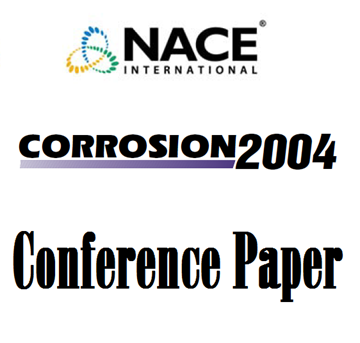Search
51316-7868-Next Generation Discrete Galvanic Anodes for TEG 043x
Also Purchased
04044 Performance of High Potential Magnesium Anodes: Factors Affecting Efficiency
Product Number:
51300-04044-SG
ISBN:
04044 2004 CP
Publication Date:
2004
$20.00
51316-7878-Improving Pipeline Operations: Boosting Component Performance and Longevity with Nanolaminated Alloy
Product Number:
51316-7878-SG
ISBN:
7878 2016 CP
Publication Date:
2016
$20.00
51316-7867-Materials Issues in Thermochemical Production Processing and Utilization of Bio-Oil
Product Number:
51316-7867-SG
ISBN:
7867 2016 CP
Publication Date:
2016
$20.00
Recently viewed




